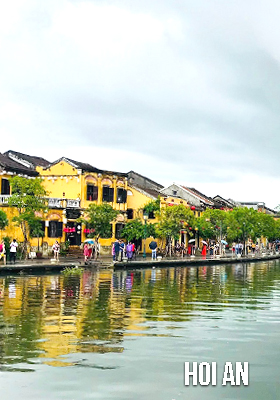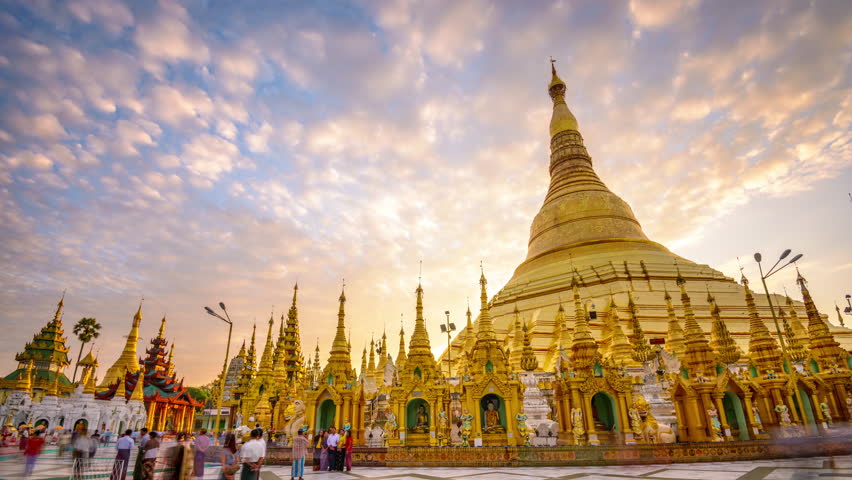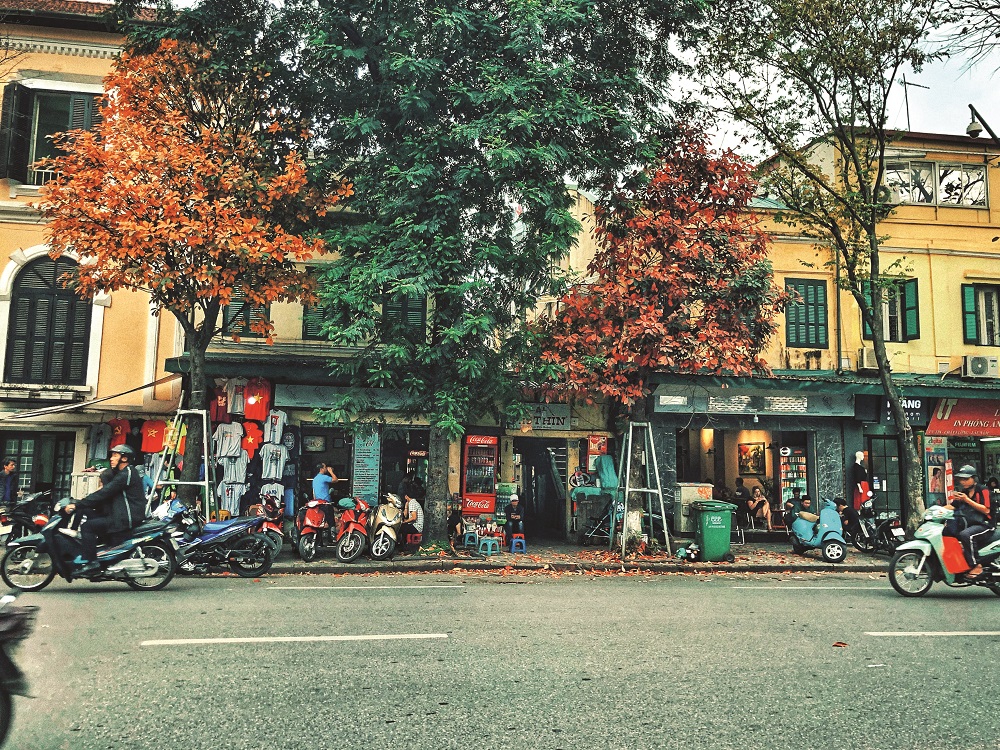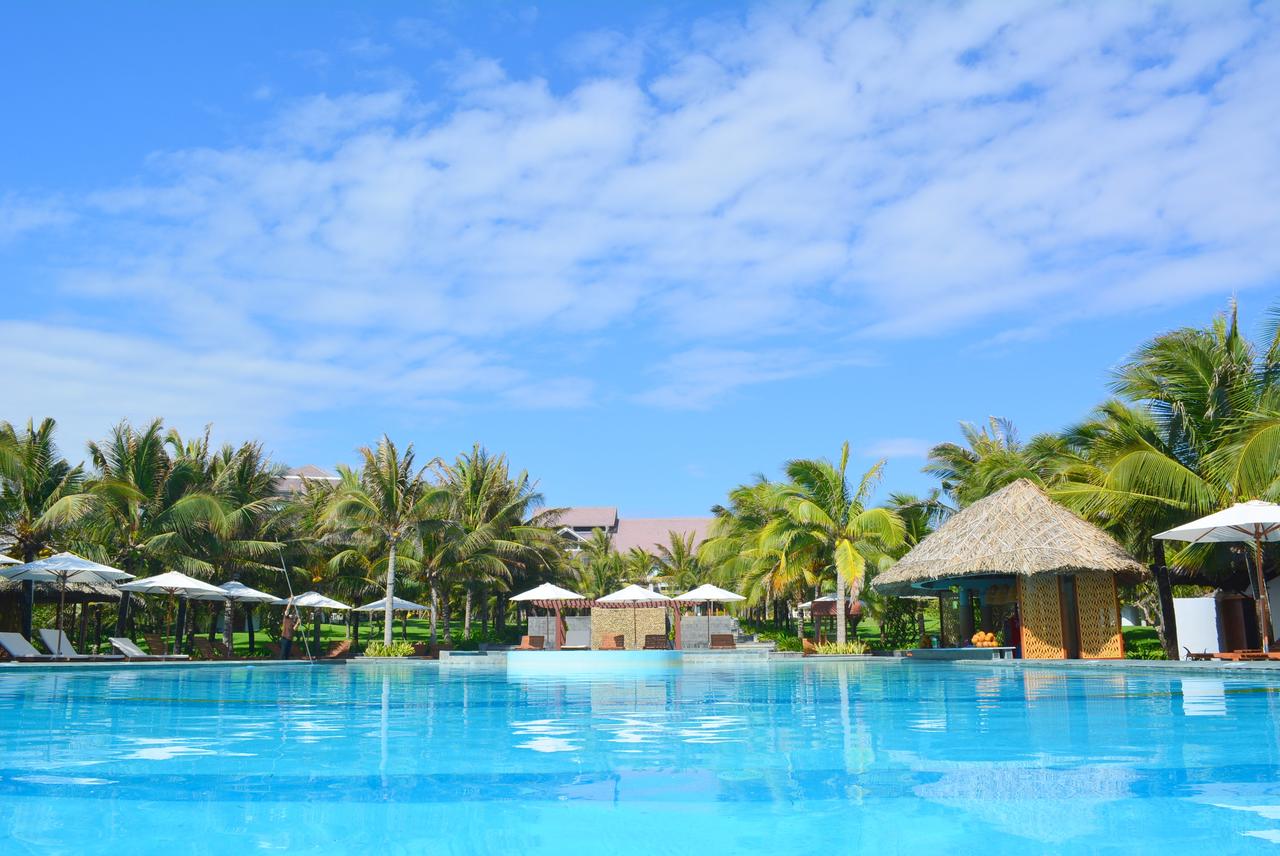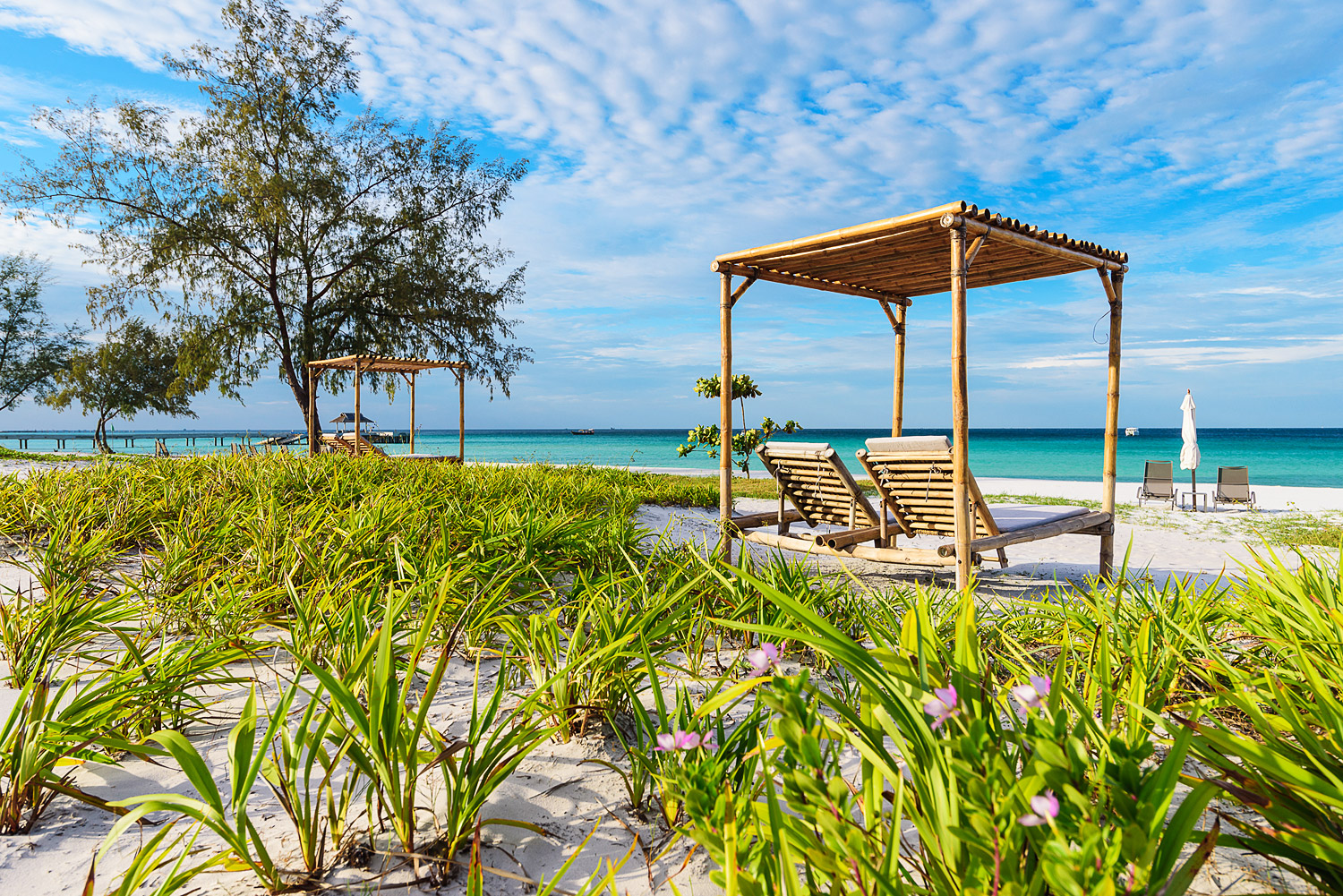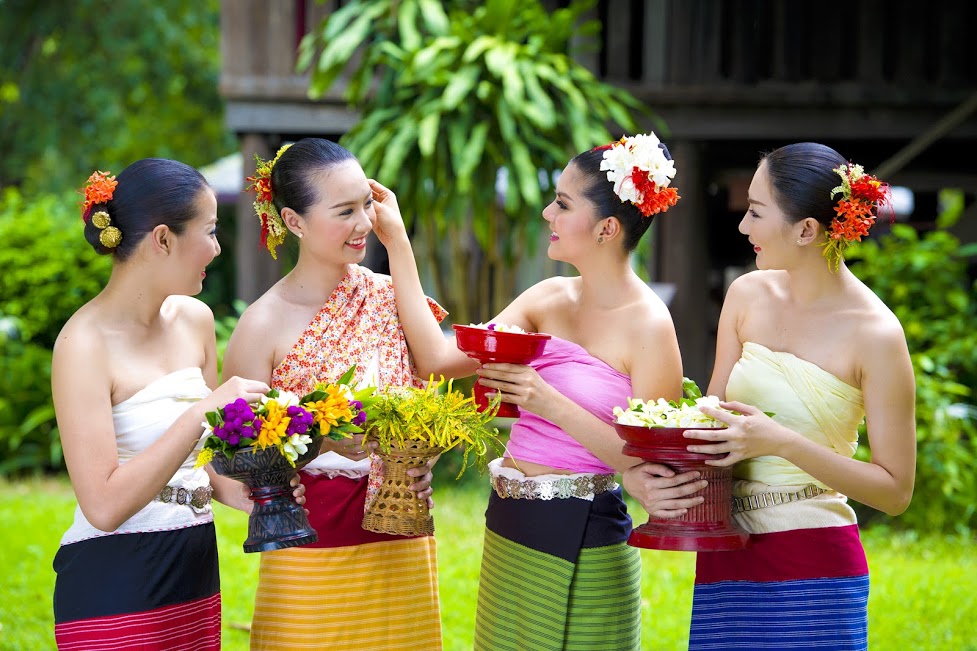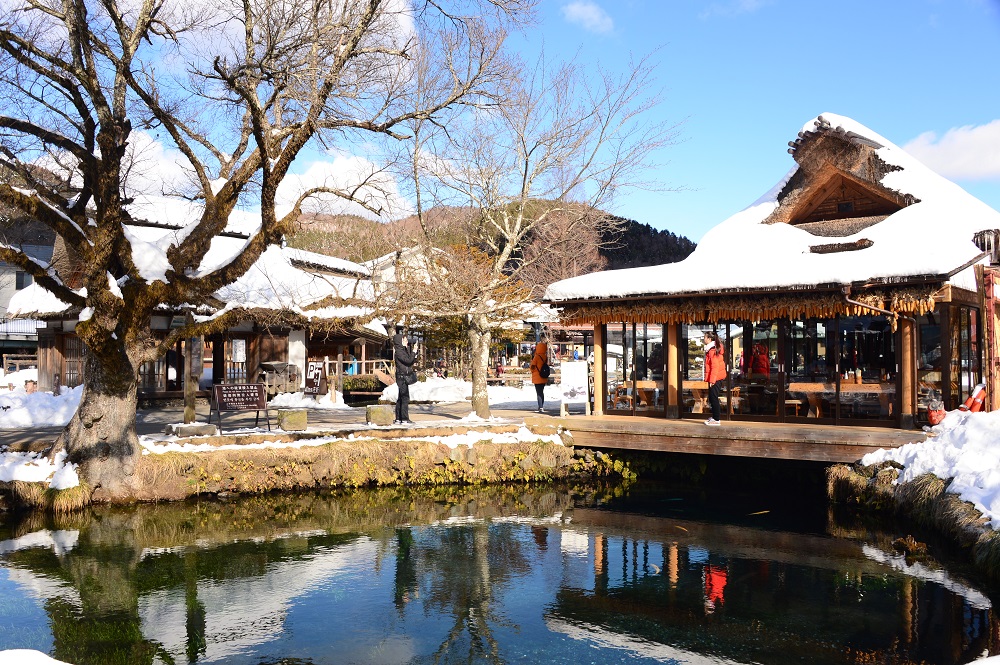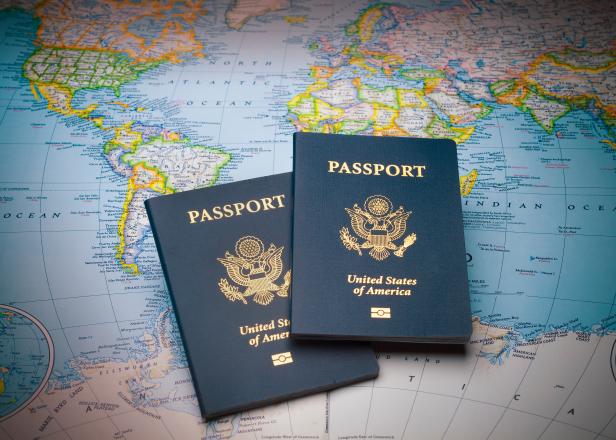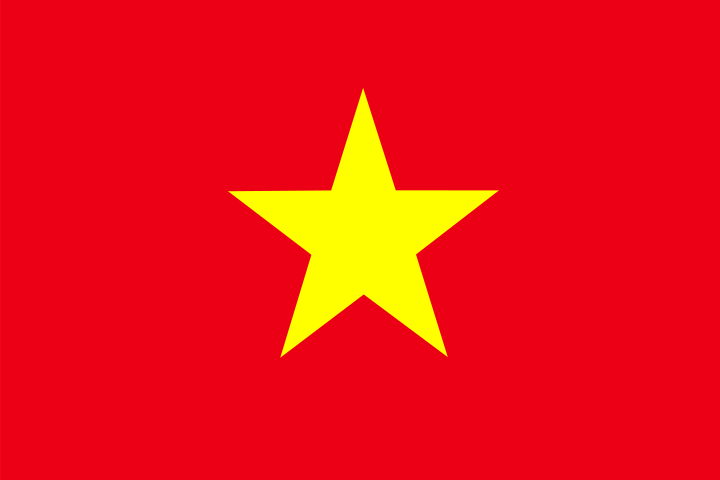- homepage
- news
- asia destination
- the unique intha people
The unique Intha people
They for thousands of years have been making a living on the lake surface, boating with only one leg, and fishing with a giant tackle... That is the portrait of the fishermen of the Intha ethic group - dubbed the children of the lake in Myanmar.
When in Myanmar, travel enthusiasts can hardly miss one of its most famous lakes (the second largest in Myanmar). That is Inle, a lake amidst lofty mountains at an elevation of 889 meters above sea level with a surface area of 200 square kilometers. What makes Inle well-known is neither the spectacular scenery nor the villages, temples and local markets around the lake, but the way the Intha people lead their lives on the lake surface, especially the symbolic image of the Intha men on a dugout boat, holding a curious fishing gear in their hands, with one leg standing at the stern and the other rowing on their way to earn a living.
The most ideal time of the year to explore Inle is September and October, since this is when the lake is filled with water and the trees on the surrounding slopes put on an eye-pleasing green cloak. Concerning the indigenous cultural life, this is the time when the Intha ethnic group residing by Inle Lake (with a population of about 70,000) officially hold the significant Phaung Daw Oo Pagoda Festival. This year, the festival will take place from September 29 to October 16.
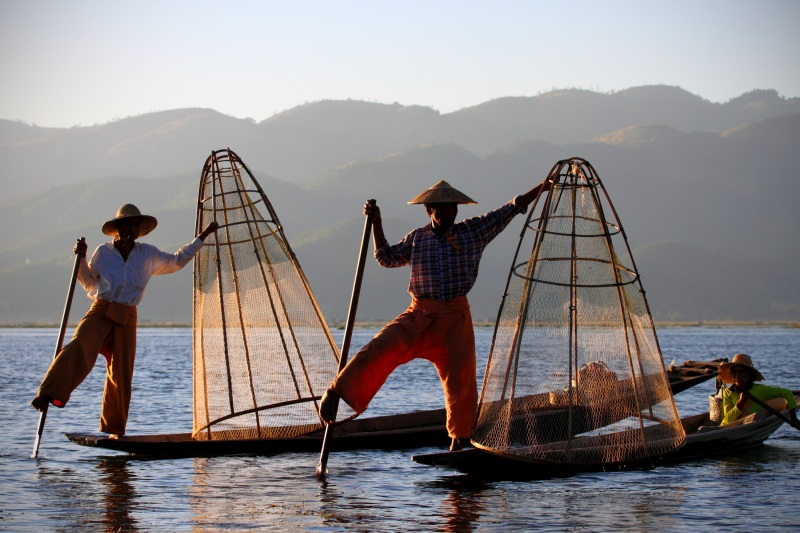
Legend has it that when King Alaungsithu of Bagan was on the throne (1112-1167), he once sailed to Inle Lake. The place where his royal boat was moored is said to be sacred, so people built Phaung Daw Oo Pagoda there. The image of Buddha that is present every time the main procession is conducted was brought here by King Alaungsithu.
On the day of the Phaung Daw Oo Pagoda Festival, what visitors find the most impressive is probably the five boats of an exceptional length that are elaborately decorated with canopies, carrying more than 50 young Intha men who form two parallel lines, simultaneously steering the boat forward with their unique one-legged rowing technique, taking the Buddha image through the 14 villages by the lake. For an Intha man, joining the rowing team is an opportunity to display his image in public, showing the Intha ladies his gestures, techniques and admirable rowing power.
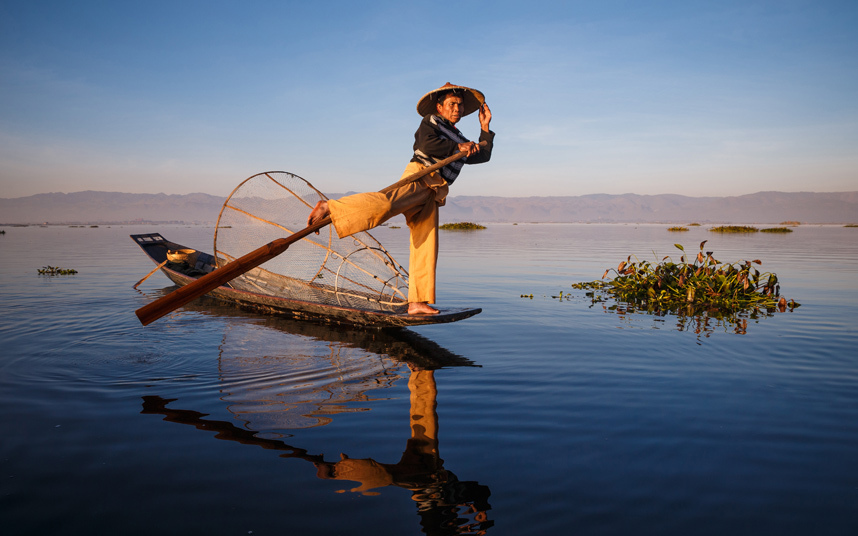
After the festival, the Intha men return to their everyday life with the livelihood kept by their ancestors for thousands of years - fishing on a dugout boat. From the perspective of tourism, the image of the Intha people going fishing on Inle Lake at dawn has become symbolic, which has gone beyond the boundary of ethnicity and territory to pop up in everyone’s mind when it comes to travel in Myanmar. That said, the “tourist hurricane” has more or less tampered with the life of the Inthar people by the lake. Today, there are many signs warning against taking pictures of the Intha women while they are bathing and washing in the lake.
However, with the influx of tourists to Inle, the Intha people are now busier, especially with the job of taking tourists on a boat trip to capture the beautiful moments. The sum they earn from this activity is far better than the income from fishing. An Intha boatman who works fairly hard during the peak season earns an estimated 65,000 kyat (equivalent to VND1 million), which is unimaginable when compared to their traditional fishing job.
A brief excursion on the surface of Inle Lake is indeed an impressive experience when one gets to see the habits and customs of the Intha people and the way they build their homes, lead their lives and go fishing on the lake surface. In 2015, the United Nations added Inle to the World Biosphere Reserve network, helping heighten the sense of protecting the lake area. Hopefully, Inle will forever be a shared home so the Intha descendants can keep living true to the instincts their ancestors developed thousands of years ago and make visitors yearn for a day to come back and see the unique movements of the Intha men on the lake surface early in the morning.
Thien Y
- Yamanashi the sacred land of dragon 07/02/2020
- Spectacular Seorak in the golden leaf season 18/10/2019
- Cebu spectacles 20/05/2019
- 7 of Cambodia's best islands 20/05/2019
- Jubilant Songkran 22/05/2019
- Phuket's hidden pearl 20/05/2019
- Myanmar myths 18/05/2019
- Island paradise - Royal Sands Koh Rong 20/05/2019
- Bring yourself to Bang Rak 20/05/2019
- The vivid summer colors of Thailand 18/05/2019
Business hours:
- From 8:00 - 18:00 Mon - Fri
- From 8:00: 12:00 Saturday
International Tour Operator License No: 79-162/20/2014/TCDL-GP LHQT.








